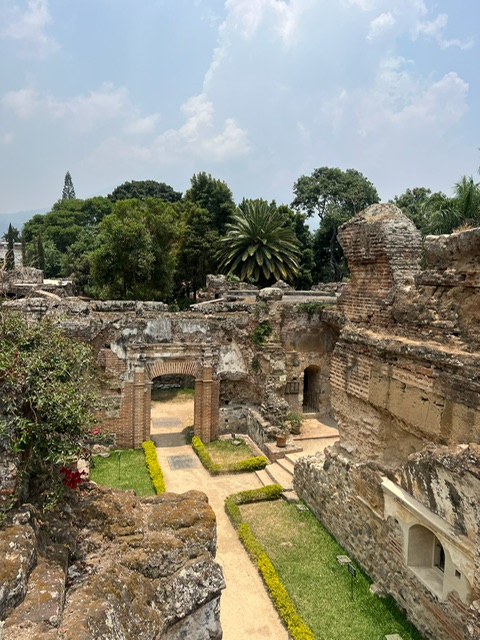
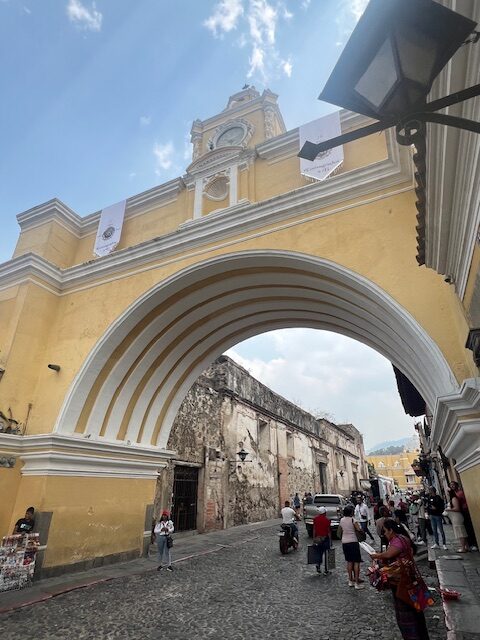
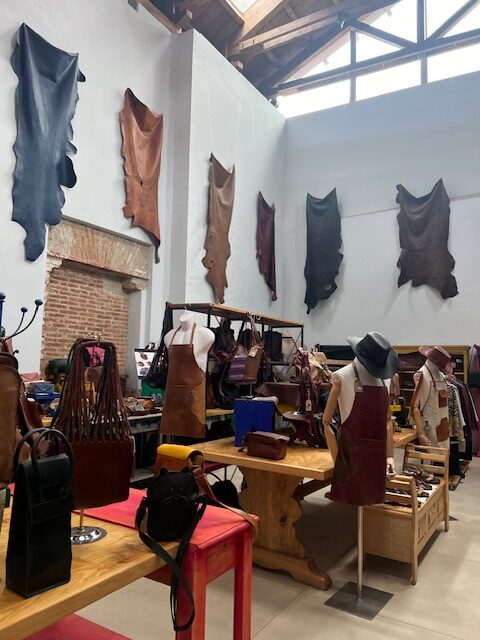
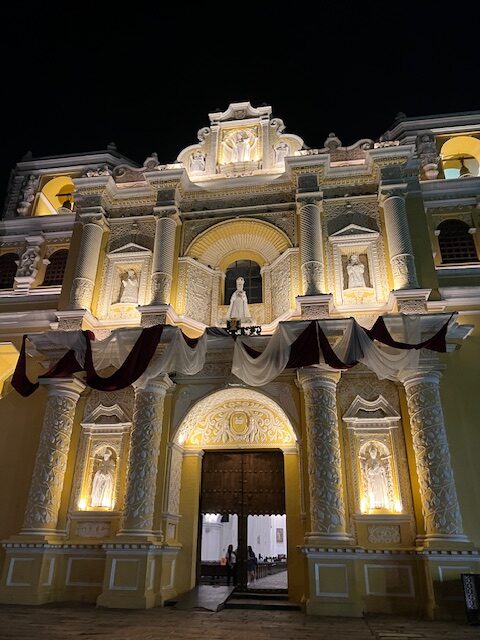
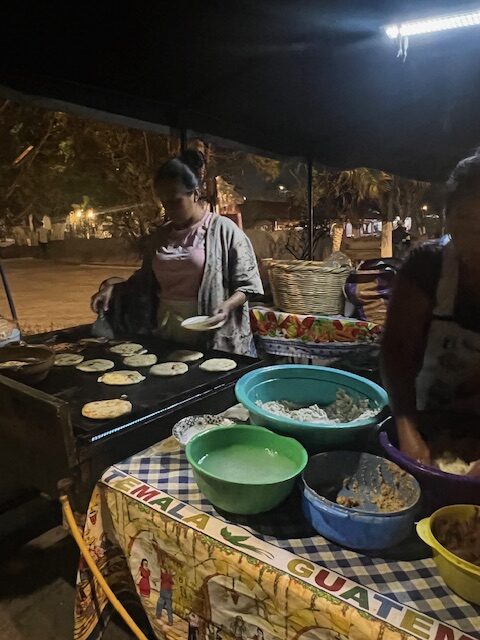
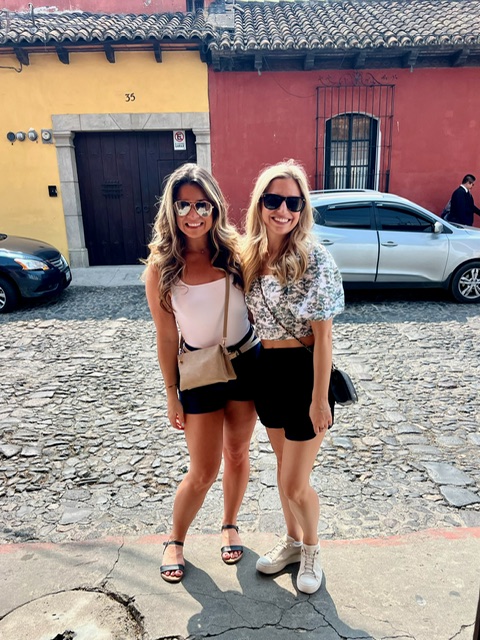
Exploring Guatemala: Fun and Interesting Facts about Antigua and Lake Atitlán
Antigua, Guatemala, is a captivating city brimming with history, vibrant culture and stunning architecture. As you explore this colonial gem, here are some fun facts and travel tips to make your experience unforgettable.
- Antigua, Guatemala was once the capital of Guatemala, and its history is etched into every cobblestone street and colorful building. It’s straight out of a history book, with Spanish Baroque architecture dominating the landscape. The buildings here are a collection of perfectly preserved time capsules, all painted in a (pre-approved) palette of harmonious hues.
- Stepping inside one of those seemingly old-fashioned buildings will surprise you – they are often trendy and modern restaurants serving up delicious local food or boutiques with the best quality clothing, ceramics and fragrances.
- Antigua is renowned for its high-quality leather goods. Explore the local leather stores to find beautifully crafted bags, shoes and accessories.
- The city is surrounded by three volcanoes – Agua, Fuego, and Acatenango. Fuego is particularly active and might treat you to a spectacular lava show at night, even from the town. Here’s my experience hiking Fuego.
- Antigua is famous for its vibrant Holy Week (Semana Santa) celebrations, featuring elaborate processions and intricately designed alfombras (carpets) made of colored sawdust and flowers. Easter is a full week affair.
- Guatemala is known for its high-quality coffee. Take a coffee tour to learn about the production process and enjoy some of the world’s best brews right at the source.
- Antigua’s best architectural gems were once churches and monasteries. You can check out the Church and Convent of Capuchins or marvel at the imposing La Merced Church, an example of Spanish Baroque architecture.
- Visit the local markets for handmade textiles, crafts, and fresh produce.
- Look for vibrant textiles, handmade jewelry, and traditional Guatemalan crafts. Items like woven blankets, beaded jewelry, and colorful ceramics make perfect souvenirs. We loved the paintings!
- Bargaining is expected in the markets. Don’t be afraid to put your haggling skills to the test and always be prepared to walk away.
- Antigua is home to a lot of Spanish language schools, making it a popular destination for those wanting to immerse themselves in the language and culture.
- Throughout the year, Antigua hosts various festivals with vibrant processions, music, and dance. The Día de los Muertos (Day of the Dead) and the Feast of Santo Tomás are particularly spectacular.
- The culinary scene in Antigua is a fusion of traditional Guatemalan flavors and international influences. Don’t miss trying pepián, a rich meat stew, or tamales, a classic dish made from masa and wrapped in banana leaves. In fact, throughout Guatemala, a red light outside of a home means tamales are available.
- Antigua has a chocolate scene worth mentioning! Take a chocolate-making workshop and learn how this delicious treat goes from bean to bar.
- Despite its historical ambiance, Antigua has a lively nightlife. From cozy bars and pubs to vibrant clubs, there’s something for everyone to enjoy after the sun sets.
- Stay in beautifully restored colonial buildings that have been transformed into boutique hotels and charming bed-and-breakfasts, offering a blend of history and modern comfort.
- Antigua is a UNESCO World Heritage Site. This prestigious designation recognizes the city’s outstanding cultural and historical significance, which means there are very little changes that will be made to the city, homes and shops – something the locals are not particularly happy about.
- Antigua sits on the Montagua and Chixoy-Polochic fault complex, placing it in a high earthquake zone. We experienced two in three days!
- Guatemala is a hotspot for lightning and you will likely experience a lot of it, whether it comes with rain or not.
- Antigua’s cobblestone streets are beautiful but can be tough on your back if you’re not used to them. The locals have all complained about bad backs. Wear comfortable shoes and take it slow.
Click here for a full travel itinerary.
